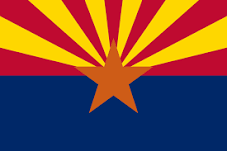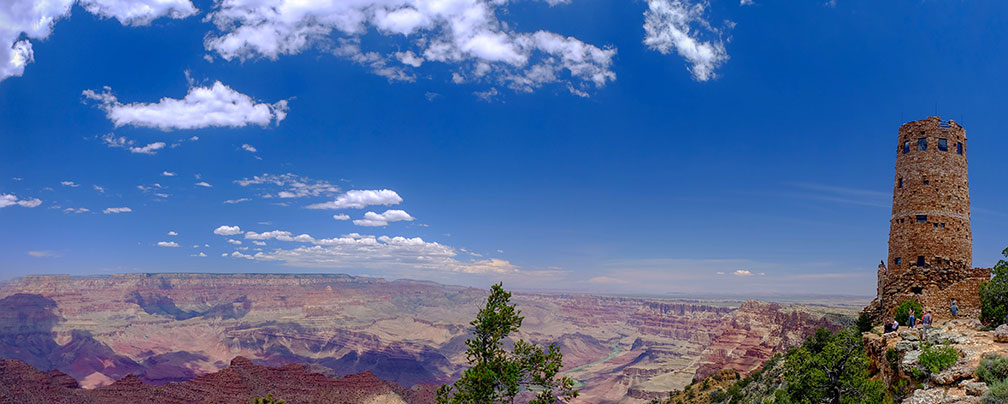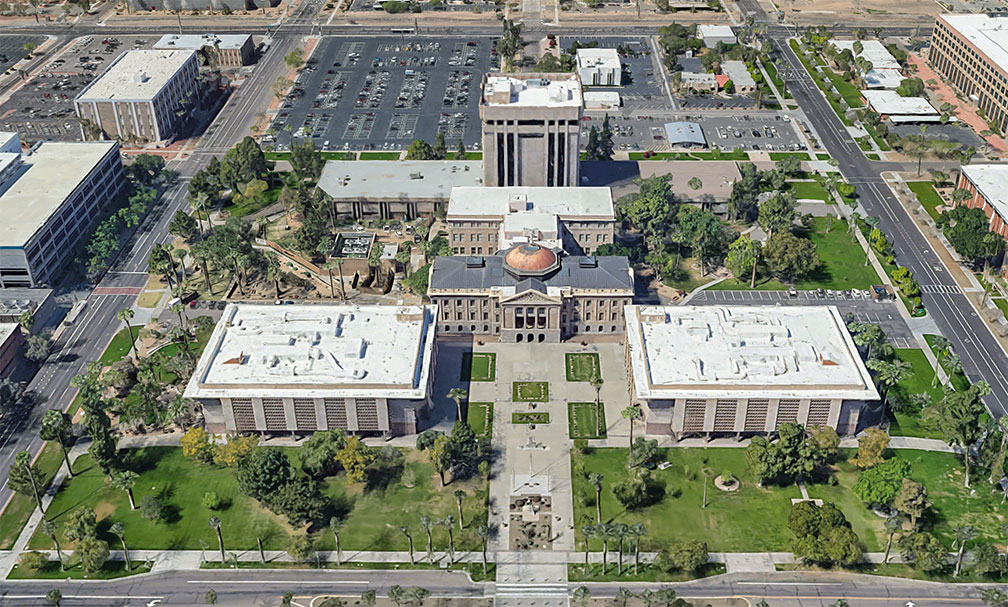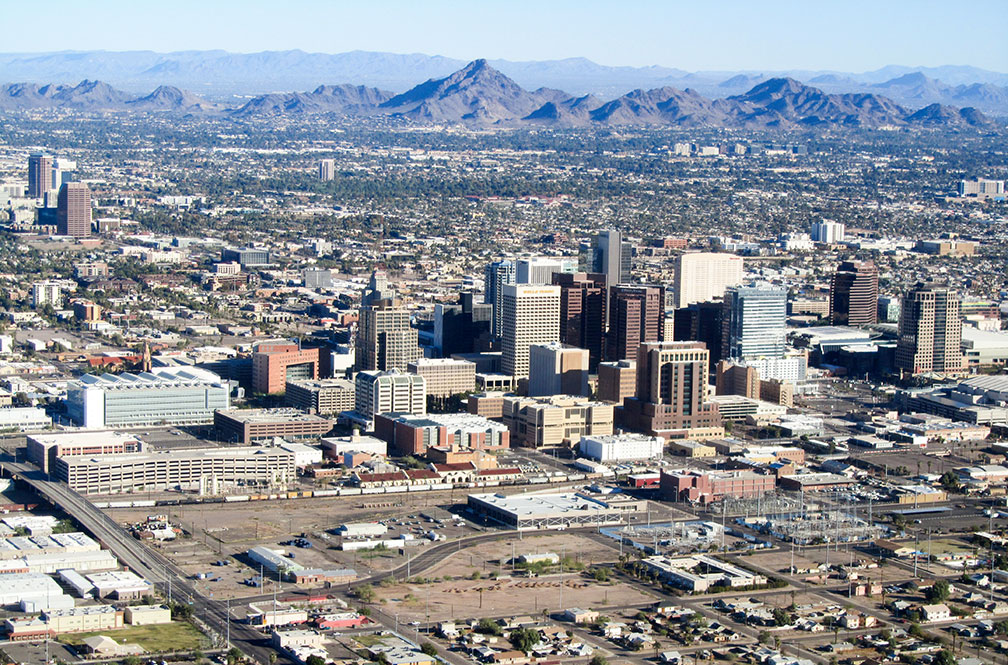





Major cities are Phoenix, Tucson, Scottsdale, Tempe, Mesa, and Glendale.
Other cities and towns in Arizona:
Ajo, Alpine, Ash Fork, Benson, Bisbee, Buckeye, Bullhead City, Camp Verde, Casa Grande, Chandler, Chinle, Clifton, Colorado City, Cottonwood, Douglas, Eagar, Eloy, Flagstaff, Florence, Gila Bend, Globe, Grand Canyon, Green Valley, Holbrook, Kayenta, Kingman, Lake Havasu City, Lukeville, Marana, Miami, Nogales, Oro Valley, Page, Parker, Payson, Peach Springs, Polacca, Prescott, Quartzite, Safford, San Luis, Sedona, Sells, Show Low, Sierra Vista, Snowflake, St Johns, Superior, Tombstone, Tuba City, Wickenburg, Willcox, Williams, Window Rock (Capital of Navajo Nation), Winslow, and Yuma.